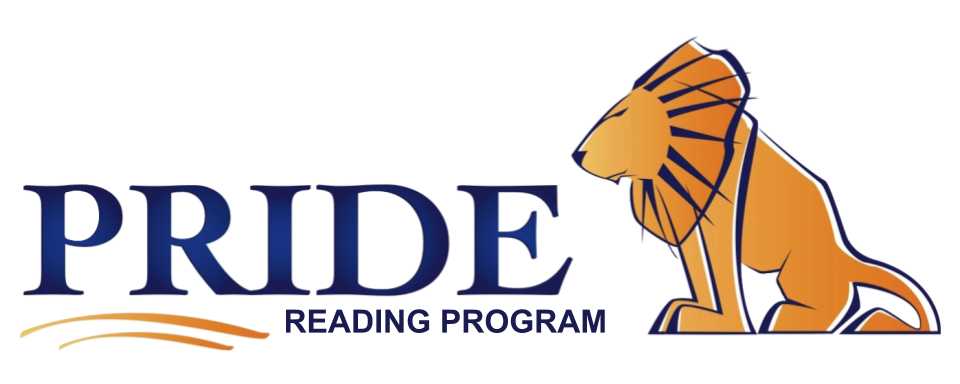How does a child with a learning disability learn best?
By Karina Richland, M.A., E.T.
The most effective teaching method for children with learning differences is a multisensory approach. Multisensory teaching utilizes all the senses to relay information to the students. The teacher accesses the auditory, visual, and kinesthetic pathways in order to enhance memory and learning. For example, when learning the vowel combination “oa” the student might first look at it and then have to trace the letters in the air while speaking out loud. This combination of listening, looking, and moving around creates a lasting impression for the student as things will connect to each other and become memorable.
Multisensory learning started back in the 1920s by Dr. Samuel Orton at the Mobile Mental Health Clinic in Iowa. Dr. Samuel Orton, one of the first to recognize dyslexia in students, suggested that teaching the “fundamentals of phonic association with letter forms, both visually and kinesthetically presented and reproduced in writing until the correct associations were built up,” would be the best learning approach for students of all ages. Dr. Orton had his patients trace, copy, and write letters while saying their corresponding sounds and associations. Today this method is known as multisensory learning.
Children with dyslexia often struggle with auditory and/or visual processing. They have trouble recalling words and how they are pronounced. This means that they do not comprehend the roles that sounds play in words. These children have difficulties rhyming words as well as blending sounds together to form words. Dyslexic children do not understand or acquire the alphabetic code or system expected of them in the primary grades. If a child with dyslexia is given a task that uses just hearing and vision, without drawing upon other senses, the student will be at a disadvantage. When taught with a multisensory approach, children will learn alphabetic patterns and words by utilizing all pathways – hearing (auditory), seeing (visual), touching (tactile) and moving (kinesthetic).
Dyslexic students do not need more of the same instruction in class but a different type of instruction. They need to learn basic language sounds and the letters that make them, starting from the very beginning and moving forward in a gradual step by step process. For all of this to “stick” they need to do this by using their eyes, ears, voices, and hands.
CHINESE PROVERB
Tell me, and I will forget.
Show me, and I may remember.
Involve me, and I will understand.
________________________________________________________________________________
Karina Richland, M.A., E.T. is the Managing Director of Pride Learning Centers, located in Los Angeles and Orange County. A former teacher for Los Angeles Unified School District, Ms. Richland is a reading and learning disability specialist. Ms. Richland speaks frequently to parents, teachers, and professionals on learning differences, and writes for several journals and publications. You can reach her by email at: info@pridelearningcenter.com or visit the Pride Learning Center website at:
